1. The Pistol Shrimp’s Sonic Boom Punch

This small crustacean, typically less than two inches long, wields a bizarre and powerful weapon: a specialized claw that snaps shut so fast it creates a cavitation bubble. When this bubble collapses, it produces a shockwave louder than a gunshot (up to 218 decibels), and for a fraction of a second, the temperature inside the bubble can reach over 8,000 degrees Fahrenheit, nearly the temperature of the sun’s surface. This incredible, quick-fire ‘punch’ is used to stun or kill prey, showcasing a raw energy output that is disproportionate to the shrimp’s tiny size.
2. The Tardigrade’s Indestructibility

Also known as water bears, these microscopic invertebrates are the champions of extreme survival. Measuring less than a millimeter, tardigrades can enter a state called cryptobiosis, allowing them to survive conditions that would instantly kill any other known organism. They can withstand temperatures from nearly absolute zero to over 300F, pressure six times greater than the deepest ocean trench, and high levels of radiation up to 1,000 times the lethal dose for humans. They can even survive in the vacuum of space and go without food or water for decades, truly earning the title of nature’s toughest animal.
3. The Bombardier Beetle’s Boiling Hot Spray

When threatened, this small beetle unleashes a high-pressure, scalding-hot chemical spray from a rotating nozzle at its abdomen. The secret lies in a pair of internal chambers where two chemicals, hydroquinone and hydrogen peroxide, are stored separately. When combined and mixed with enzymes in a third chamber, a violently exothermic reaction occurs, heating the liquid close to the boiling point of water (212 or 100C) and generating pressure that ejects it in a pulsating jet. This defensive mechanism is so effective that it deters most predators, making the beetle virtually unappetizing.
4. The Pygmy Marmoset’s Epic Leaps
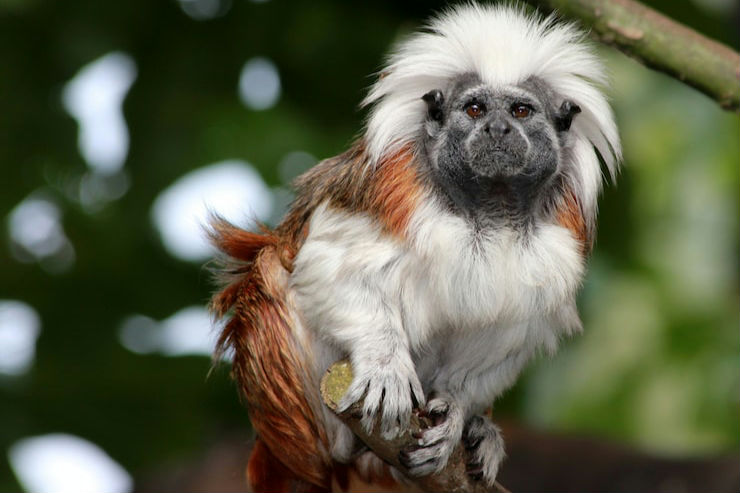
Weighing only about four ounces and measuring just over five inches in body length, the pygmy marmoset is the world’s smallest monkey. Despite its miniature stature, this primate possesses prodigious jumping abilities. It can leap horizontally distances up to 16 feet, which is about 40 times its own body length. For a small human, that would be equivalent to jumping over a tennis court. They use this remarkable spring power to expertly maneuver and escape predators in the dense forest canopy, securing its reputation as the tiny parkour master of the Amazon.
5. The Wood Frog’s Cryogenic Survival

Native to North America, the wood frog survives harsh arctic winters by intentionally allowing its body to freeze solid. When temperatures drop, ice crystals form in its body cavity, and its heart stops beating, ceasing all respiration and circulation. To prevent lethal damage to its cells, the frog’s liver pumps large amounts of glucose, a natural cryoprotectant, into its bloodstream. This sugary ‘antifreeze’ protects the cells from dehydrating or collapsing. When spring arrives, the frog thaws out and is able to hop away, essentially resurrecting itself after months of being biologically frozen.
6. The Hairy Frog’s Retractable Bone Claws

Also known as the horror frog or wolverine frog, this Central African amphibian has a defense mechanism worthy of a horror movie. When feeling threatened, the frog intentionally breaks the bones in its toes and forces the sharp, pointed fragments through its own skin, creating temporary, painful claws. Unlike a cat’s claws, these are made of bone, not keratin, and are a brutal, self-mutilating response to danger. Once the threat passes, the frog retracts the bony points, and the damaged tissue heals, proving that sometimes the best weapon is literally you.
7. The Mimic Octopus’s Master Disguise

Found in the waters of Southeast Asia, the mimic octopus is a master of morphological mimicry, able to impersonate a variety of other sea creatures. While many animals change color for camouflage, this octopus alters its shape, color, and behavior to imitate at least a dozen different venomous or unappealing animals, including lionfish, sea snakes, jellyfish, and flatfish. By assessing the predator, it chooses the most convincing and intimidating disguise, making it the ocean’s most talented and quick-witted shapeshifter, constantly adapting its identity to avoid a dangerous encounter.
8. The Archerfish’s Water Jet Sniper Shot

This small, surface-dwelling fish is known for its remarkable hunting technique: shooting down aerial prey by spitting a powerful jet of water. The fish can accurately hit insects up to five feet above the water’s surface, compensating for the visual distortion caused by the water-air interface, a phenomenon known as refraction. It shapes the water jet by manipulating its mouth and tongue, essentially creating a ‘gun barrel’ to control the velocity and focus of the shot, ensuring the stream of water has enough force to knock the insect into the water below where it can be eaten.
9. The Platypus’s Electric Sense
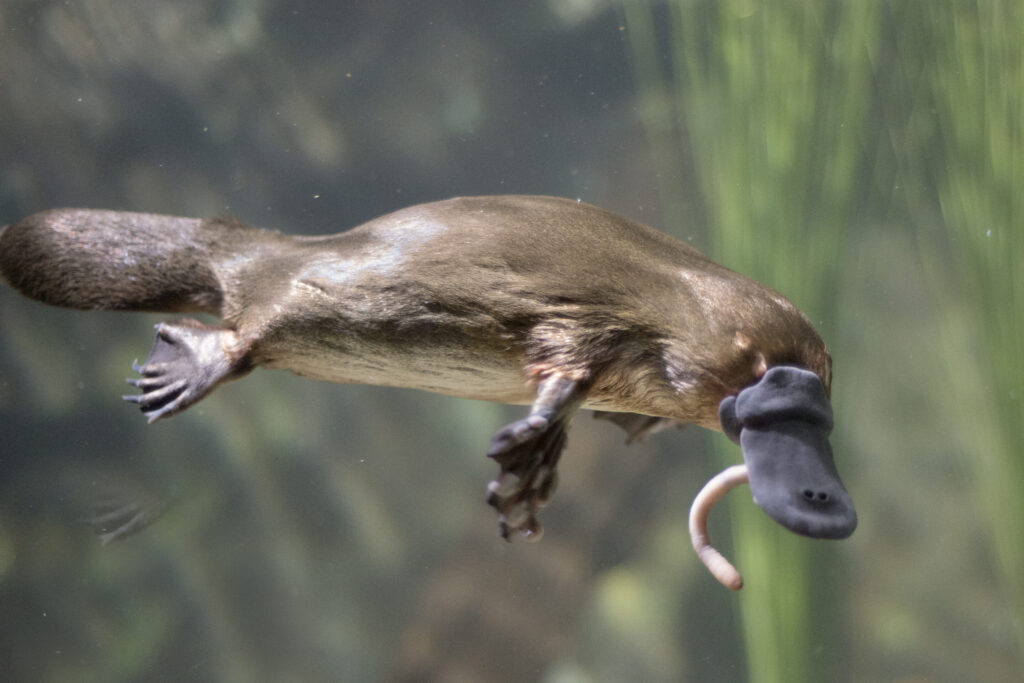
One of the most unusual animals on Earth, the platypus, which is about the size of a rabbit, possesses a sixth sense: electroreception. Its rubbery bill contains approximately 40,000 specialized electroreceptors and mechanoreceptors. When hunting underwater with its eyes, ears, and nostrils sealed, the platypus sweeps its bill back and forth to detect the faint electric fields generated by the muscular contractions of its prey, such as shrimp and worms. This unique ability allows it to accurately locate food without needing to see or touch it, effectively hunting blind in muddy waters.
10. The Goliath Beetle’s Herculean Strength
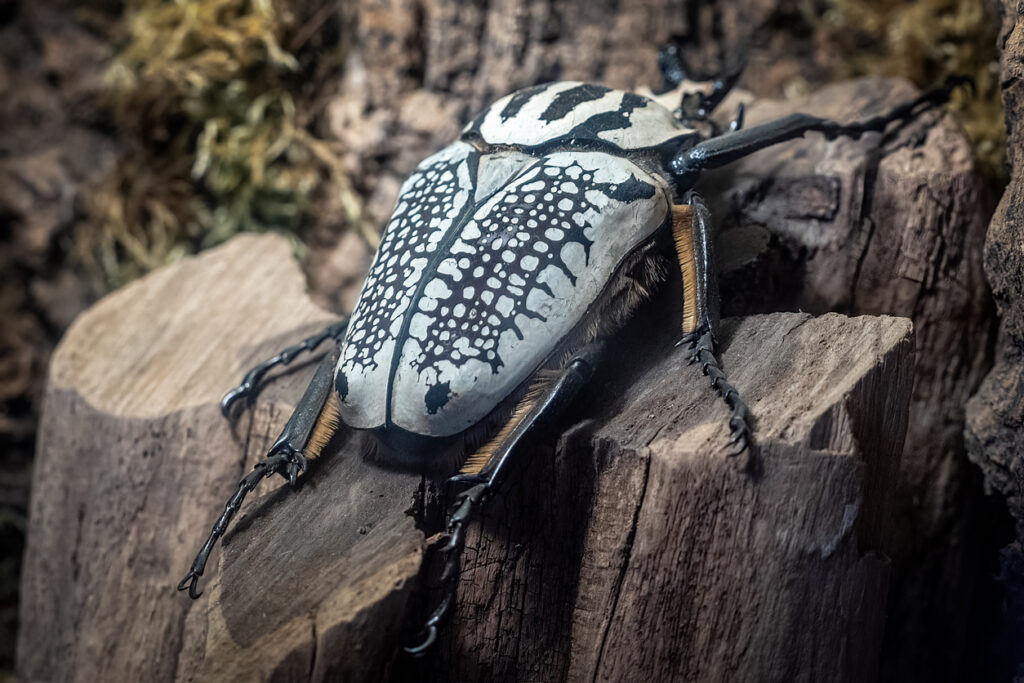
As one of the world’s largest insects, the Goliath beetle is a true behemoth in the bug world, but it still represents a creature whose strength is ridiculous relative to its mass. Males can reach up to 4.3 inches in length and are astonishingly strong. They are capable of lifting a load up to 850 times their own body weight. For a human, this feat would be equivalent to lifting around 60 tons, or roughly ten average-sized African elephants. This incredible power is primarily used by males to fight rivals using their Y-shaped horns and to maneuver through their jungle habitat.
11. The Turritopsis Dohrnii’s Immortality

Also known as the immortal jellyfish, this tiny bell-shaped creature, no larger than a pinky fingernail, is the only animal known to be biologically immortal. When it is physically damaged or reaches old age, it can revert its cells to an earlier developmental stage—the polyp stage. It does this through a process called transdifferentiation, where one type of cell transforms into another type. This means it can essentially reset its life cycle and start over, potentially living forever, only truly dying if it falls victim to disease or predation.
12. The Mantis Shrimp’s High-Velocity Club
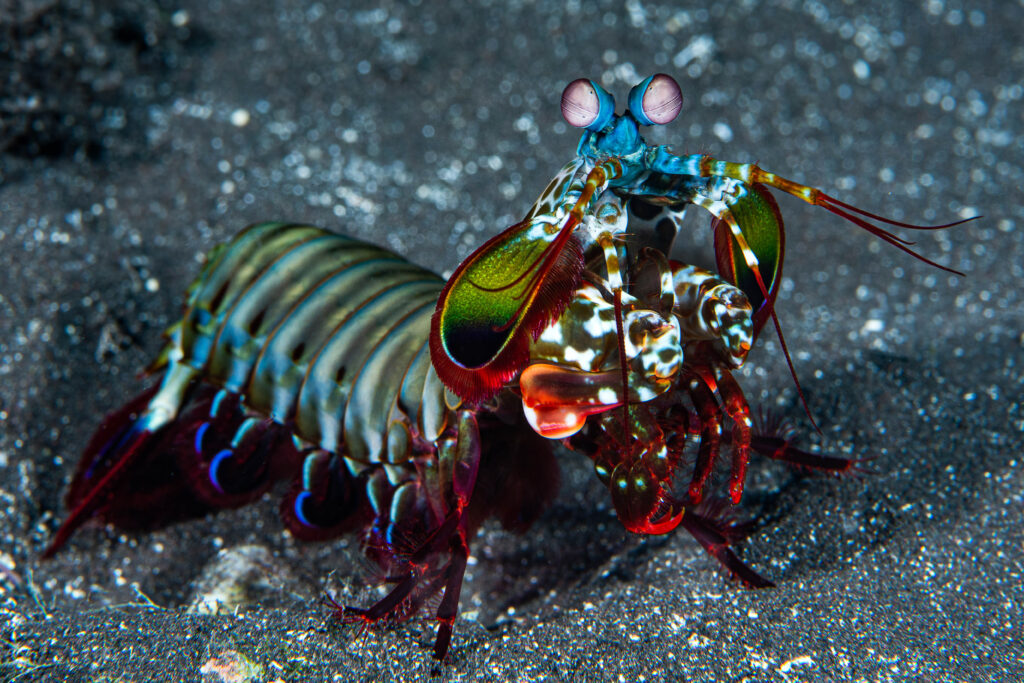
The small, four-inch-long smasher mantis shrimp is nicknamed the ‘thumb splitter’ for a reason. It has two specialized appendages called dactyl clubs that it uses to deliver one of the fastest and most powerful strikes in the animal kingdom. The club accelerates at over 50 miles per hour, generating a force of over 1,500 Newtons—powerful enough to smash through the shells of crabs and mollusks or shatter aquarium glass. What makes it even more bizarre is that the club is made of a complex, layered mineral structure that prevents it from breaking upon impact, a marvel of natural engineering.
13. The Lyre Bird’s Perfect Sound Copy
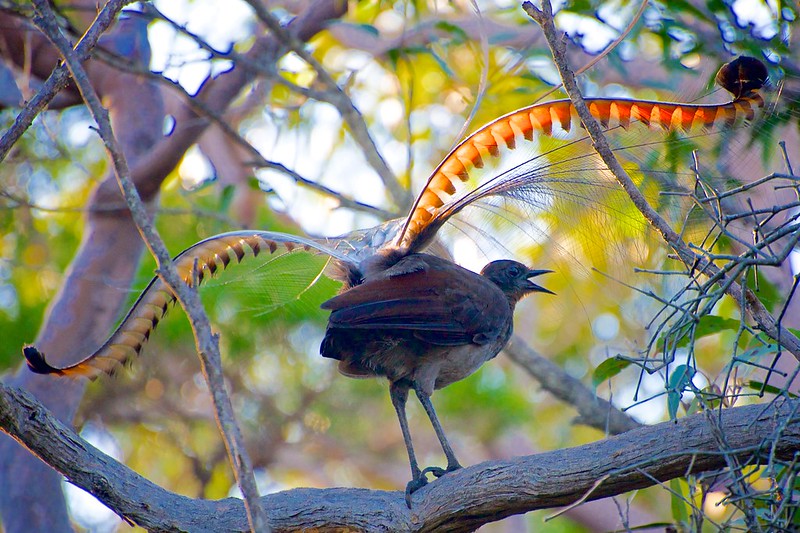
Found in Australia, the superb lyrebird may be a medium-sized bird, but its superpower is pure vocal dexterity. The male lyrebird is the ultimate sound imitator, able to mimic a wide array of natural and artificial sounds with stunning accuracy. Its repertoire includes the calls of dozens of other bird species, the chattering of flocks, and non-natural sounds like chainsaws, car alarms, camera shutters, and even human speech. This vast and perfect mimicry is primarily used by the male during its elaborate courtship display to attract a mate, transforming the forest into a cacophony of perfectly replicated sounds.
14. The Sea Cucumber’s Organ Ejection

When severely stressed or threatened by a predator, the small, sausage-shaped sea cucumber employs a bizarre and drastic defensive strategy: evisceration. It forcefully contracts its muscles and expels some of its internal organs, such as its respiratory tree and digestive system, out of its anus. These sticky, toxic tubules, known as Cuvierian tubules in some species, can tangle and distract a predator, allowing the sea cucumber to crawl away. The animal then regenerates its lost organs in a matter of weeks to months, a truly peculiar form of self-sacrifice for survival.
15. The Flea’s Vertical Leap
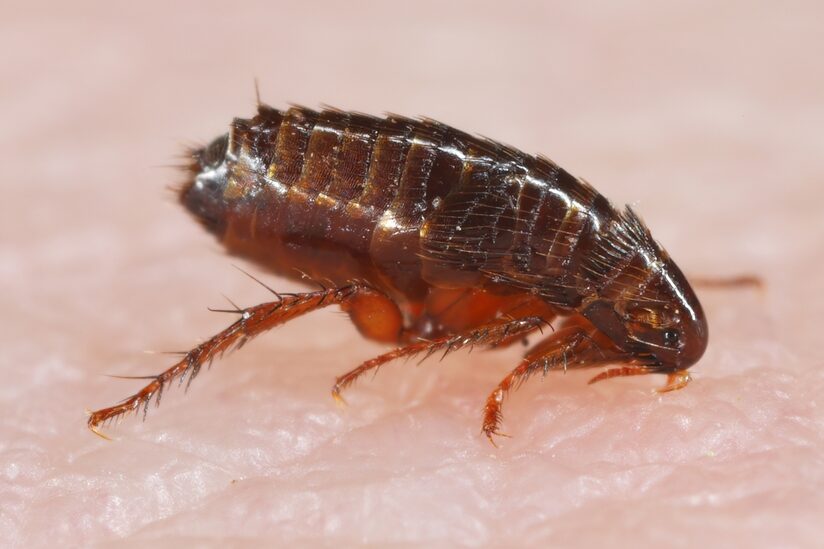
Despite being only a few millimeters long, the common flea possesses one of the most astonishing jumping abilities in the animal world relative to its size. It can leap vertically up to 7 inches and horizontally up to 13 inches. This means it can jump over 200 times its own body length. The power comes from a special protein called resilin in its legs that acts like a highly efficient rubber band, storing and releasing energy almost instantly. The flea accelerates at a phenomenal rate of up to 100 Gs, showcasing a biological mechanism that puts Olympic athletes to shame.
Who knew such small packages could hold such immense, strange, and frankly unbelievable powers? It turns out you don’t need to be big to be a superstar. Like this story? Add your thoughts in the comments, thank you.
This story 15 Tiny Animals With Ridiculous Superpowers was first published on Daily FETCH


